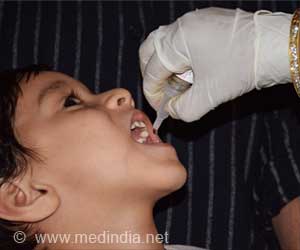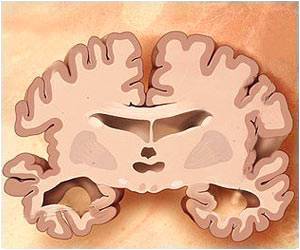New genes such as microRNAs (miRNAs) belong to the newly discovered group of genes. Researchers working at the University of North Carolina have discovered two genes belonging to the microRNA group. These genes function was later attributed to the proper development of muscles in the organism.
The microRNAs were initially discovered (1993) in the genome of the worms. The genes have been fully studied and worked on by researchers to completely understand the functioning of these genes. It was then understood that they play a very important role as gene regulators in both multicellular organisms and humans."Our interest is in understanding, at the level of gene expression, how muscle cells develop. As microRNAs are gaining acceptance as global regulators of gene expression, we questioned whether they could be involved in the development of muscle," said Dr. Da-Zhi Wang, the senior and corresponding author of the study.
Muscle tissue is generated when myoblasts, or pre-muscle cells, stop proliferating and instead undergo irreversible changes (differentiation) that cause them to become myotubes, or mature muscle cells. The researchers studied two miRNAs – miR-1 and miR-133 – found exclusively in muscle cells. Because their genes are located so close to one another, miR-1 and miR-133 are always expressed together, yet they carry out opposing tasks.
The two miRNAs described in the UNC study are instrumental in determining if myoblasts proliferate or differentiate. The research showed that increasing the amount of miR-1 caused myoblasts to differentiate into mature muscle cells, but prevented their proliferation. To the contrary, increasing the amount of miR-133 caused the myoblasts to proliferate even more, but prevented them from undergoing differentiation.
Similar experiments carried out in developing frog embryos confirmed their finding. Increasing miR-1 caused more muscle tissue overall and fewer myoblasts, while increasing miR-133 led to more myoblasts but less muscle overall in the frog embryo.
"That was quite a surprise to many people because those two miRNAs are both equally expressed when muscles are differentiating, so we assumed that they are probably pushing muscle cells in the same direction. But after analyzing them, we found they have contradictory roles," Wang said.
Advertisement






